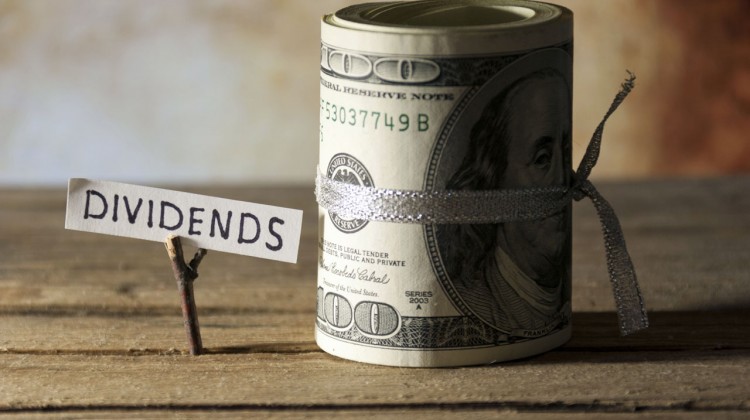How to Invest in Dividend Paying Stocks or Funds
- November 19, 2015
- proven
- Investment, Stock Market
- 0 Comment
Before choosing to invest in stocks one has to study clearly what they are opting for and what should be expected from the invested amount. Doing your homework rightly is the fundamental rule here.
Dividend Paying Stocks
Dividend paying stocks per se are not entirely earnings-centric. A lot of fundamental homework that goes into picking growth stocks will still apply here, but you need to add a layer of fixed-income-like analysis.
Dividend-focused investors are less interested in each individual trade and more concerned about whether a negative or positive earnings outlook would cause a firm to change its payout policy.
For any of the stocks in a dividend portfolio, the minimum holding period should be one year.
Investors want to avoid a company whose stock might fall, say, to $30 from $50. But if the same stock fell to $45 without a change in the fundamentals, that wouldn’t be so worrisome in the near term — because the losses would be cushioned by the dividend.
Basic Dividends Concept and Terms
- First of all, dividends are generally paid on a quarterly basis and can be raised, cut or eliminated at each interval.
- Again, investors should be most interested in a firm that consistently and steadily raises its payout.
- If someone says a stock has a 3% dividend, this is known as the The yield is the ratio of the annual payment to the current share price (annual dividends per share divided by current price per share) — so, given a constant rate of payment, the yield and stock price always move in opposite directions.
Important Factor In Dividend Investing Is The Ex-Dividend Date
- Investors need to buy a stock before this date in order to qualify for the dividend in any given period;
- Investors who buy a stock on or after its ex-dividend date will not receive the dividend income.
- For example, a company pays out 20 cents a share every quarter, then, all other things being equal, the shares will likely open about 20 cents lower on the ex-dividend date.
The dividend itself is usually not paid out until two to four weeks after the ex-dividend date. But investors can sell shares any time on or after the ex-dividend date and still receive the payout, even if the stock is no longer in their account.
Dividend investors generally employ a longer holding period than a couple of weeks, but this remains a salient point to remember when you sell a dividend-paying stock.
3 ways to invest in dividend Stocks
- Learn how dividend stocks produce yields. A stock’s return consists of both share-price growth and dividend yield.
- Compile a list of candidate stocks. There are thousands of stocks on the market, but not all are suitable for dividend investors.
- Use the Internet for research. From the list of candidate stocks, use an online financial website such as money.msn.com to investigate each company.
Photo Credits: kiplinger.com
